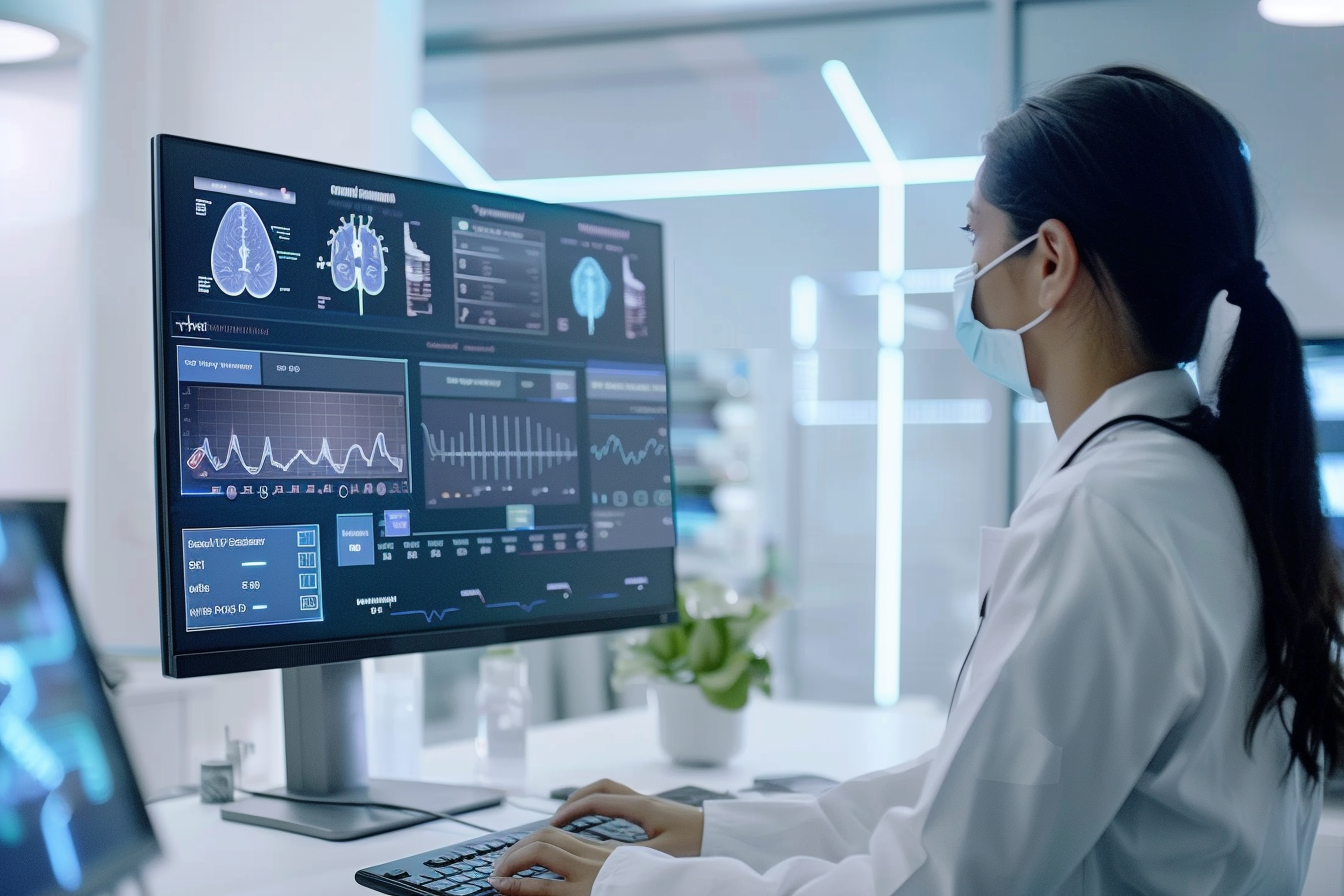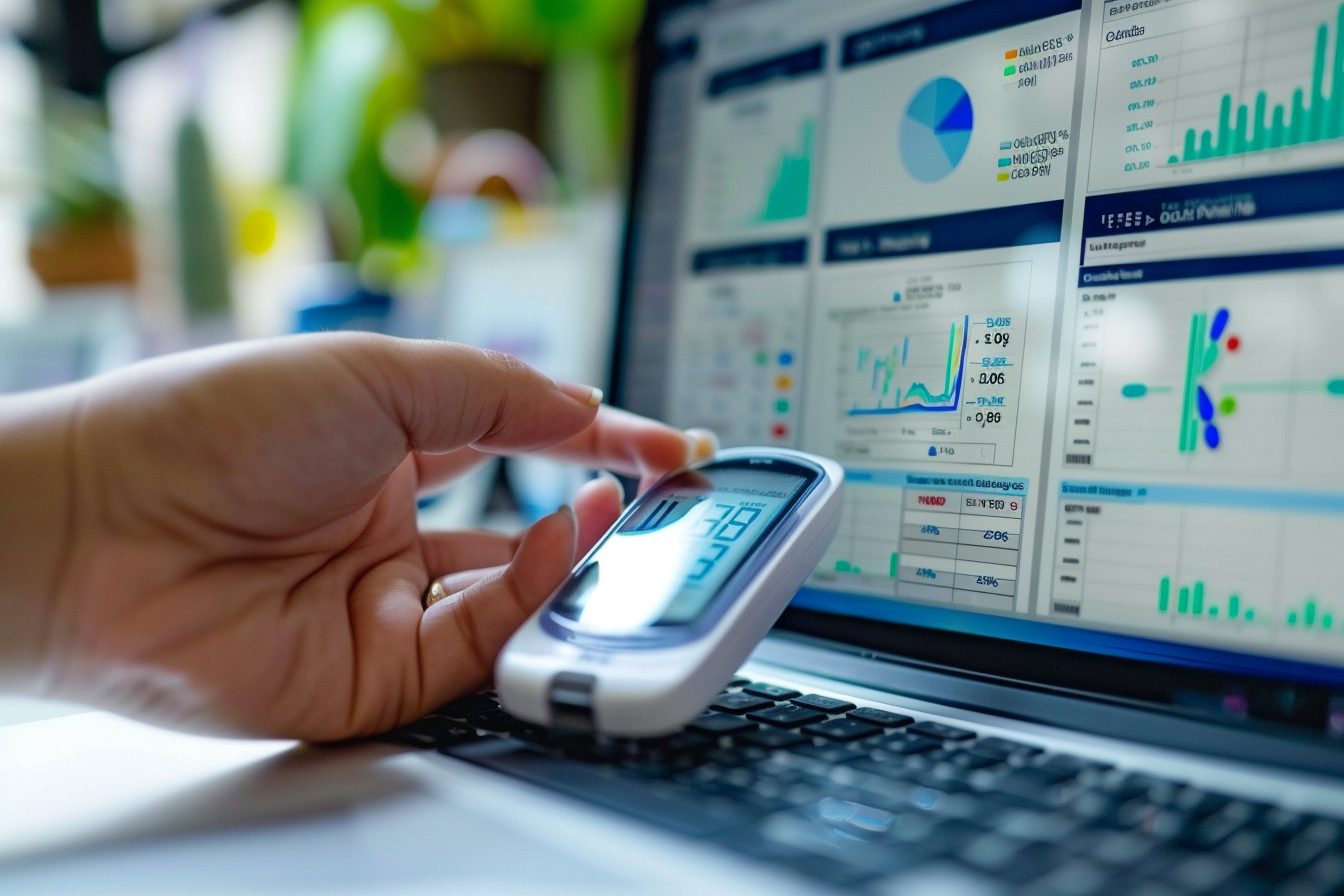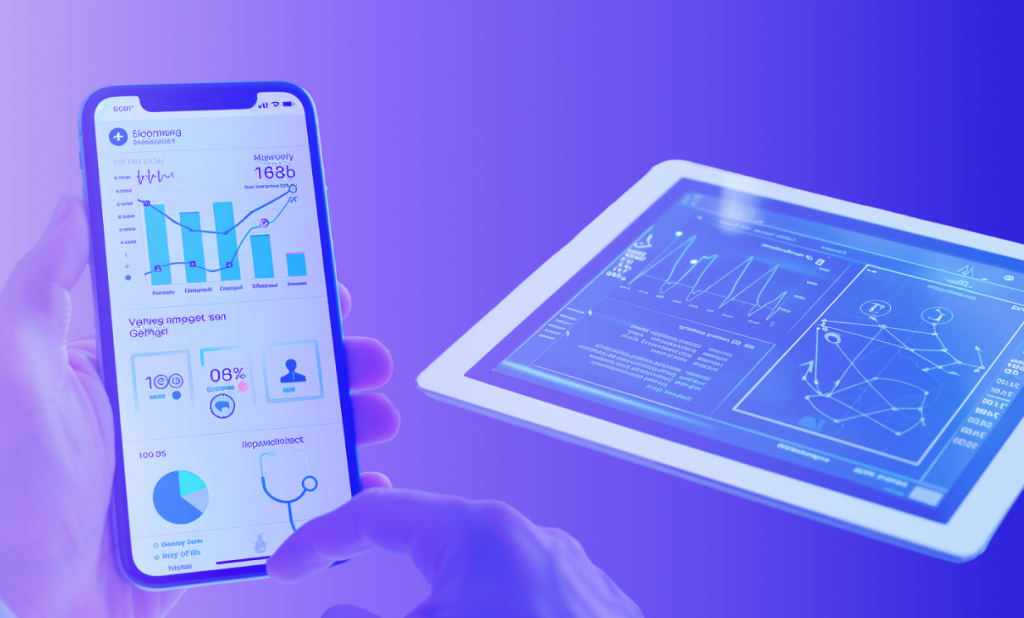Remote patient monitoring (RPM) has become increasingly vital in today's healthcare landscape. With the rising burden on the healthcare infrastructure, the number of visits to hospitals and doctors can drastically be reduced if patients are monitored remotely.
Medical sensors are playing a crucial role in RPM. These sensors, in combination with innovative monitoring programs, offer a broad range of benefits for both patients and healthcare providers. However, like any new healthcare technology, RPM comes with many challenges that must be addressed before we can get the most from it.
Boosting Remote Patient Monitoring Adoption Rates
The adoption of remote patient monitoring programs has significant potential to improve healthcare outcomes and reduce healthcare costs. However, there are several barriers that need to be overcome to maximize its impact.
One of the primary challenges is the resistance to change in the healthcare industry. Implementing new technologies and processes can be met with skepticism and reluctance. It is crucial to educate healthcare providers about the benefits of remote patient monitoring and address any concerns they may have.
One concern that healthcare providers may have is the potential disruption to their established workflows. Introducing a new system requires time and effort to integrate it seamlessly into existing processes. By collaborating closely with healthcare providers, organizations can streamline the integration process. This involves understanding their specific needs and challenges and working together to develop user-friendly interfaces and accessible training programs. By doing so, healthcare professionals can quickly adapt to these new technologies and incorporate them into their daily routines.
Another barrier to remote patient monitoring adoption is the issue of data security and privacy. Healthcare organizations must prioritize implementing robust security measures to safeguard patient information. This includes encryption protocols, secure data storage, and strict access controls. By establishing trust and maintaining patient confidentiality, healthcare organizations can encourage the broader adoption of remote patient monitoring programs.
Overcoming Barriers to Remote Patient Monitoring

To successfully overcome barriers to remote patient monitoring, healthcare organizations should focus on streamlining the integration process. This involves collaborating closely with healthcare providers to ensure seamless integration within existing workflows. By facilitating user-friendly interfaces and accessible training, healthcare professionals can quickly adapt to these new technologies.
Additionally, addressing data security and privacy concerns is paramount. Healthcare organizations must prioritize implementing robust security measures to safeguard patient information. Establishing trust and maintaining patient confidentiality are essential to encourage broader adoption.
Furthermore, organizations can also consider providing incentives for healthcare providers to adopt remote patient monitoring. This can include financial incentives, such as reimbursement for the implementation costs, or non-financial incentives, such as recognition and rewards for successful implementation. By offering these incentives, healthcare organizations can motivate healthcare providers to embrace remote patient monitoring and overcome any initial resistance to change.
The Impact of Remote Monitoring on Healthcare Outcomes
The integration of medical sensors into remote patient monitoring programs offers numerous advantages for healthcare outcomes. By continuously monitoring patients' vital signs and health data, healthcare providers can detect potential issues earlier and intervene promptly, reducing the risk of complications.
Furthermore, remote monitoring allows for personalized healthcare management. By collecting real-time health data, healthcare professionals can tailor treatment plans to individual patients' needs, resulting in more effective care. This personalized approach can lead to improved patient satisfaction and overall well-being.
In addition, remote patient monitoring can also help improve access to healthcare, particularly for patients in rural or underserved areas. By eliminating the need for frequent in-person visits, remote monitoring enables patients to receive timely care and support from the comfort of their homes. This can help reduce healthcare disparities and ensure that all patients have access to high-quality healthcare services.
While there are barriers to overcome, the adoption of remote patient monitoring programs holds great promise for improving healthcare outcomes and reducing costs. By addressing concerns, streamlining integration, and prioritizing data security, healthcare organizations can boost adoption rates and unlock the full potential of remote patient monitoring.
Ensuring Equal Access to Patient Monitoring Programs
While remote patient monitoring has the potential to revolutionize healthcare, it is crucial to address disparities in access to ensure equitable implementation.
Addressing Disparities in Patient Monitoring Access
Socioeconomic factors, such as income and education level, can impact individuals' access to remote patient monitoring programs. It is essential for healthcare organizations to develop strategies that promote equal opportunities for all patients.
This can be achieved by providing financial support and resources to underserved communities and engaging in community outreach programs. For example, healthcare organizations can collaborate with local community centers to host information sessions and provide hands-on training on how to use remote patient monitoring devices. By raising awareness and offering assistance, healthcare organizations can bridge the gap and ensure that all patients have access to the benefits of remote patient monitoring.
Additionally, healthcare organizations can partner with telecommunication companies to provide discounted or free internet access to patients who may not have reliable connectivity at home. This proactive approach can help eliminate one of the barriers to accessing remote patient monitoring programs and ensure that individuals from all socioeconomic backgrounds can benefit from this technology.
The Importance of Equity in Healthcare Technology
Equity in healthcare technology is a fundamental principle that must guide the design and implementation of remote patient monitoring programs. Healthcare organizations should strive to minimize the digital divide and ensure that technological advancements do not exacerbate existing disparities.
By actively involving patients and incorporating their feedback into the development process, healthcare providers can create inclusive and accessible remote monitoring solutions. This approach will drive improvements in healthcare outcomes for all individuals, regardless of their background or resources.
Furthermore, healthcare organizations can collaborate with academic institutions and research centers to conduct studies on the effectiveness of remote patient monitoring programs in different populations. This research can help identify any potential biases or barriers that may exist and inform the development of targeted interventions to address these issues.
Integrating Medical Sensors Seamlessly into Patients' Lives

The integration of medical sensors into patients' lives goes beyond monitoring health conditions. It also has a profound impact on patient experience and engagement.
With the help of medical sensors, patients can actively participate in their own care by monitoring their health indicators and maintaining a record of their progress. This empowers patients to make informed decisions about their health and promotes a sense of ownership.
Imagine a patient recovering from knee surgery. By using a wearable device with a motion sensor, they can track their daily activity levels and monitor their progress in real-time. This not only motivates the patient to adhere to their rehabilitation plan but also allows their healthcare provider to make data-driven adjustments to optimize the recovery process.
Furthermore, the data collected by the sensors can be shared with healthcare providers, fostering open and transparent communication. This real-time sharing of information enables more accurate diagnoses, personalized treatment plans, and timely interventions.
For instance, consider a patient with diabetes who uses a continuous glucose monitoring system. The data collected by the sensor can be automatically transmitted to their healthcare provider, who can then analyze the information and provide personalized recommendations for managing blood sugar levels. This seamless exchange of data between the patient and the healthcare provider ensures that the patient receives timely and tailored care.
Enhancing System Usability for Healthcare Professionals
Remote patient monitoring systems must be user-friendly and efficient for healthcare professionals to maximize their benefits.
Ensuring that healthcare professionals have access to user-friendly technology is crucial in today's fast-paced medical environment. The ability to quickly and accurately monitor patients remotely can significantly improve patient outcomes and streamline the healthcare process.
Improving User Experience in Healthcare Technology
The design and usability of remote patient monitoring systems directly impact healthcare professionals' experience and efficiency. Cluttered interfaces, complex workflows, and long training processes can hinder adoption and productivity.
By focusing on creating intuitive interfaces and user-friendly designs, healthcare organizations can empower their staff to provide better care. Simplified workflows and easy-to-navigate systems not only enhance efficiency but also contribute to a positive work environment for healthcare professionals.
Healthcare organizations should prioritize user-centered design principles when developing these systems. Integrating intuitive interfaces and streamlined workflows will simplify healthcare professionals' tasks, allowing them to focus on patient care rather than navigating complex technology.
The Role of User-Friendly Systems in Healthcare Efficiency

User-friendly remote patient monitoring systems improve healthcare efficiency by reducing the time spent on administrative tasks and data entry. Streamlined workflows enable healthcare professionals to access and interpret patient data quickly, leading to more accurate diagnoses and timely interventions.
Additionally, user-friendly systems can help reduce the learning curve for healthcare professionals, allowing them to adapt more easily to technological advancements. This ensures that healthcare providers can seamlessly integrate remote patient monitoring into their practice, maximizing its potential benefits.
Efforts to enhance system usability in healthcare technology not only benefit healthcare professionals but also contribute to overall patient satisfaction and improved health outcomes. Investing in user-friendly remote patient monitoring systems is a strategic decision that can positively impact the entire healthcare ecosystem.
Conclusion
Medical sensors play a vital role in the success of remote patient monitoring programs. By leveraging these sensors and integrating them seamlessly into patients' lives, healthcare organizations can enhance patient experience, improve healthcare outcomes, and contribute to more equitable access to care.
Furthermore, by prioritizing system usability and designing user-friendly interfaces, remote patient monitoring can become an essential tool for healthcare professionals. It streamlines workflows, enhances efficiency, and enables healthcare providers to deliver personalized care.
As technology continues to evolve, medical sensors will continue to shape the future of remote patient monitoring, transforming healthcare delivery and improving patient outcomes. Its potential is enormous, and its importance cannot be underestimated.
As healthcare continues to evolve with the integration of medical sensors and remote patient monitoring, the need for sophisticated software solutions becomes ever more critical. Wednesday stands at the forefront of this technological revolution, offering specialized services that can help bring your healthcare projects from concept to reality. To learn more about how Wednesday can support your goals in healthcare technology and beyond, book a few consult.






